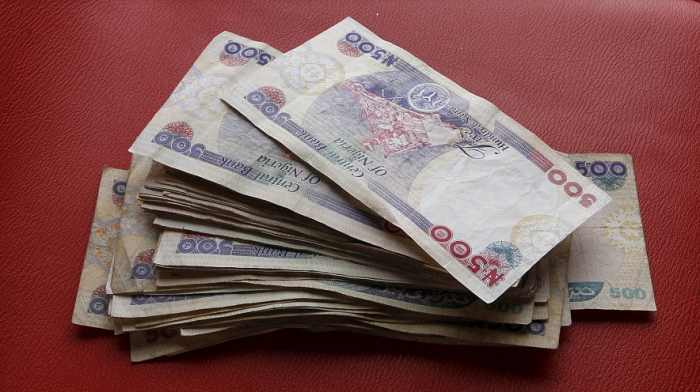Nigeria’s money supply (M3) dropped to N107.66 trillion in October 2024, reflecting a 1.6% month-on-month (MoM) decrease from N109.41 trillion in September 2024.
This is according to an analysis of the money and credit statistics of the Central Bank of Nigeria (CBN).
Nairametrics observed that this is the second decline recorded in 2024, as the government’s tightening fiscal measures continue to impact liquidity in the economy.
Despite the decline, M3 showed a robust year-on-year (YoY) growth of 45.7% compared to N73.91 trillion in October 2023.
Money supply trends in 2024 have been characterized by sharp fluctuations, influenced by fiscal tightening aimed at curbing inflationary pressures and stabilizing the economy.
M3 peaked at N109.41 trillion in September 2024 before declining in October, while the most significant contraction occurred in March 2024, when M3 dropped to N92.34 trillion.
Despite these contractions, YoY growth in monetary aggregates remains strong, particularly following the rebound from currency shortages in 2023.
Drop in M1 and M2 Narrow money (M1), which comprises the most liquid forms of money such as currency in circulation and demand deposits, dropped by 3.4% MoM to N34.65 trillion in October 2024 from N35.86 trillion in September 2024.
However, on a YoY basis, M1 grew by 31.0%, up from N26.43 trillion in October 2023, reflecting increased demand for liquid cash over the past year despite fiscal tightening.Money supply (M2), which includes M1 alongside savings deposits and quasi-money, also declined to N107.65 trillion in October 2024 from N109.40 trillion in the previous month, marking a 1.6% contraction.Year-on-year, M2 grew by 48.2% from N72.66 trillion in October 2023, indicating that higher deposit levels in the banking system have offset some of the liquidity pressures caused by fiscal restraint.
Increase in currency in circulation and currency outside banks In contrast to the overall decline in money supply, currency in circulation and currency outside banks recorded slight increases in October 2024.
Currency in circulation rose to N4.55 trillion in October 2024 from N4.31 trillion in September, representing a 5.7% MoM increase. Compared to October 2023, when it stood at N3.01 trillion, the figure represents a 51.2% YoY growth.This sharp annual increase reflects improved cash availability following the severe currency shortages experienced in early 2023.Similarly, currency outside banks increased by 6.8% MoM to N4.29 trillion in October 2024 from N4.02 trillion in September 2024.On a YoY basis, currency outside banks surged by 58.9%, up from N2.70 trillion in October 2023. This growth suggests a steady recovery in cash use by the public, even as digital transactions continue to grow.What you should know The decline in Nigeria’s M3 for the second time in 2024 underlines the CBN’s tightening fiscal and monetary policies amid rising interest rates. This contraction reflects reduced liquidity in the economy as higher borrowing costs and stricter monetary policies aim to curb inflationary pressures.The reduction in money supply highlights the impact of increasing interest rates, which have raised the cost of credit and discouraged borrowing. Businesses and consumers now face higher financing costs, which could slow down investment and consumption. This is particularly challenging for small and medium enterprises (SMEs), which are highly reliant on affordable credit to maintain operations and drive growth.While the policy measures are intended to stabilize inflation, the declining money supply could have broader implications for economic growth. Lower liquidity may dampen activity in key sectors such as manufacturing, trade, and services, which are critical drivers of Nigeria’s GDP.On the other hand, the rising interest rate environment could incentivize savings, as banks offer higher returns to attract deposits. This may help shore up the financial system and provide stability to the economy. However, the shift towards savings instead of spending may further suppress aggregate demand, prolonging sluggish economic activity in the short term.Also, with the holiday season approaching, demand for cash is expected to rise, potentially reversing the downward trend in currency outside banks and currency in circulation.





GIPHY App Key not set. Please check settings